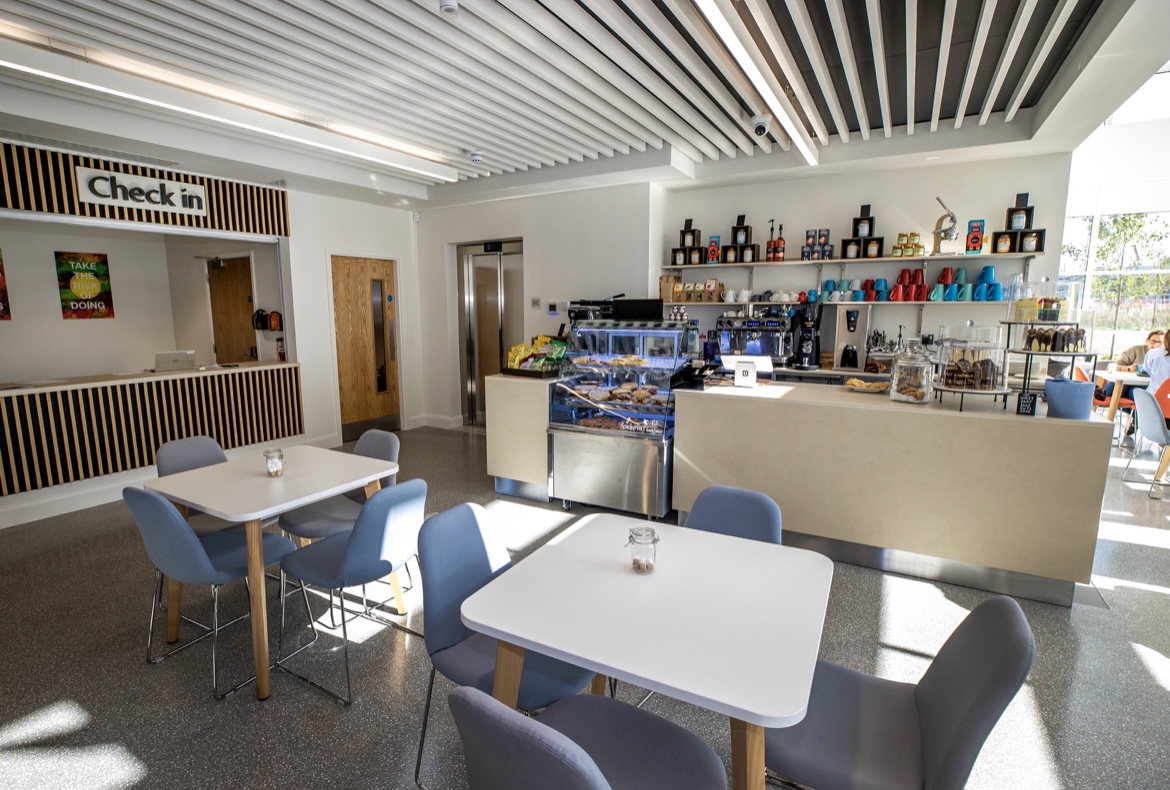Setting up an SME: experts share a step-by step beginner guide

The experts at Sortlist reveal their tips for setting up an SME.
Sortlist also carried out research which analysed the UK biggest cities on factors such as average costs of office rental, electric prices, the population with the most qualifications and broadband speed to identify top UK cities with growing SME economies, and where in the country a new business has the highest chance of success
Steps to take when setting up an SME
The first step to starting any business is identifying your business idea. This is often easier said than done, but inspiration is around every corner. Maybe you’ve had a budding idea all your life, have seen others start their own business, or feel like you have enough experience in your profession to branch out on your own. Whatever the case, you need to know what business you are starting and be confident that it’s what you want.
Next, writing a business plan to guide you through the first crucial steps of starting your business is key. This includes everything from your business name to your logistics and operations plans. A business plan ensures that you think through things methodically and have a better grasp on what your early priorities are.
Securing funding can also be easier said than done. You could have your own savings, or be expecting personal investments from friends and family. The traditional ways people fund their new business is through business loans and grants from lenders and banks. Start-ups often require large investments. Your business plan will help you keep track of your outgoings.
You will likely also need to hire some employees (depending on the business you’re running). How much work you will need to do yourself and how much you can delegate to others, alongside what skills are required and how many employees you can afford, should be outlined in your business plan. Launching a small business is time-consuming, and if you’re planning on doing all of the work yourself, you will be limited by the time you have available.
Marketing your business is also key to creating a thriving business, especially in your early stages. Potential customers need to know who you are and what you do, otherwise, they will stay as potential customers and never actually buy from you. Building a brand from scratch is not easy, but super important if you want to stand apart from the competition.
Other nitty-gritty details to know when you set up your start-up include registering for corporation tax, obtaining relevant licenses and permits, opening business bank accounts and organising business insurance.






